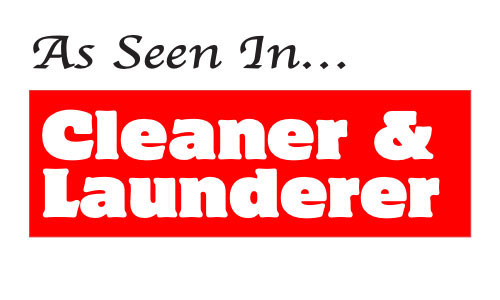Written by Stephen R. Henshaw, President & CEO, EnviroForensics
As seen in the August 2014 issue of Cleaner & Launderer
I’ve talked a lot about vapor intrusion over the past few years. Vapor intrusion occurs when volatile organic compounds (VOCs) in soil and groundwater off-gas and migrate into occupied buildings and store fronts. The need to conduct vapor intrusion sampling is often times the result of VOCs in the soil and groundwater. Typically a vapor intrusion assessment will include collecting sub-slab soil gas samples along with the collection of indoor air samples. This paired sampling, as it is often times referred to, is designed to show two things: 1) whether or not there is contamination in the subsurface soil gas sample that could create a vapor intrusion issue; and 2) whether or not there are concentrations of VOCs in the breathing air that could be attributable to the subsurface contamination.
I want to tell you this because if it is determined that vapor intrusion exists and VOCs are migrating from the subsurface into occupied building structures, you as the responsible party for the subsurface impacts, would also be responsible for mitigating those vapors. Additionally, the identification of a vapor intrusion issue in buildings not owned by you could lead to the potential for third party litigation should it be determined that people have been breathing contaminated air. Continue reading “Vapor Intrusion or Process Emissions – Help Me, Help You”
